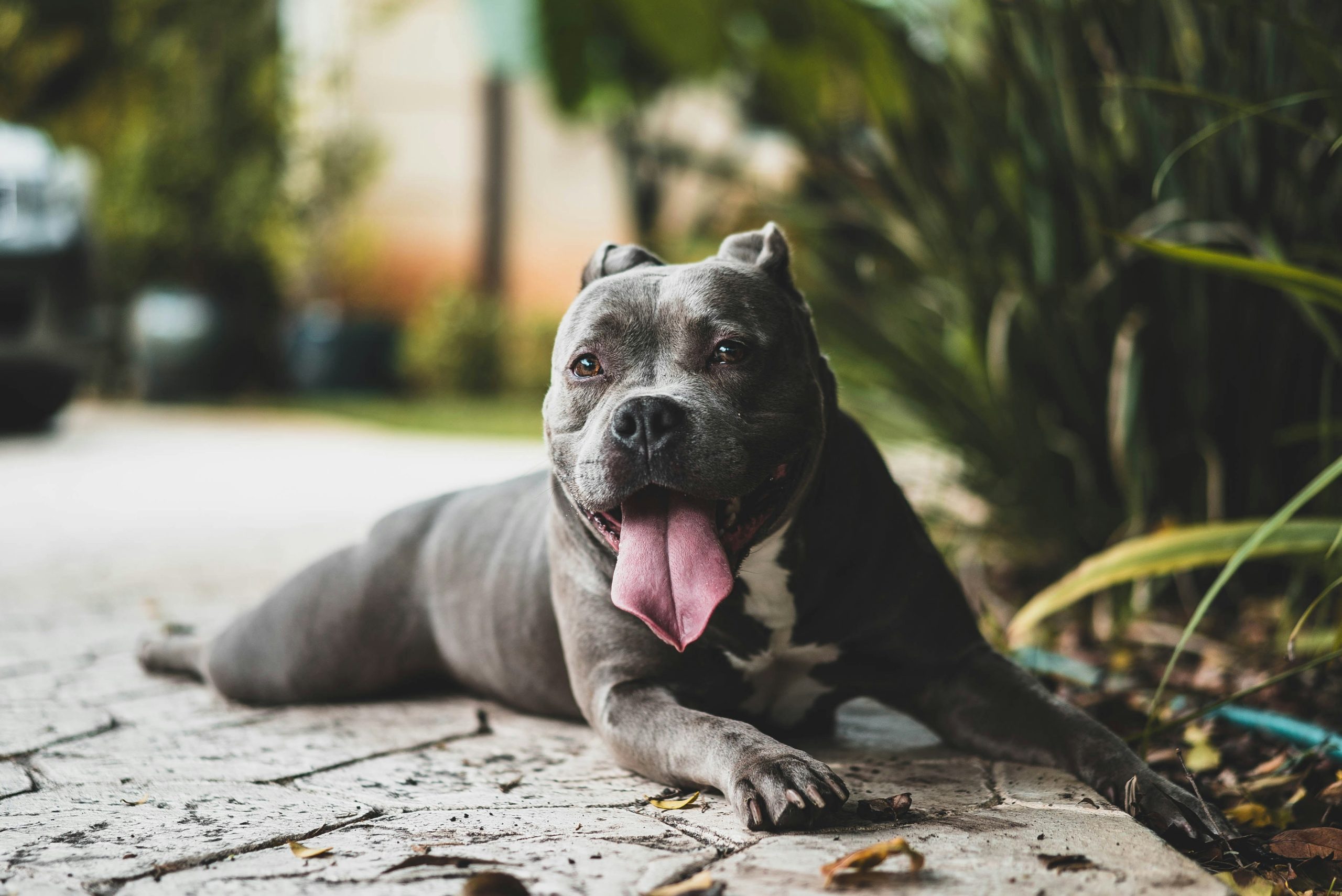Protecting Your Pup: The Ultimate Guide to Safely Walking on Hot Pavement
Discover how hot pavement can harm your dogs paws and learn essential tips to protect them from burns and injuries.
Introduction to the Dangers of Hot Pavement for Dogs
Hot pavement poses a significant risk to our canine companions, as it can reach temperatures high enough to cause burns on their sensitive paw pads, resulting in pain and discomfort. As responsible pet owners, it is essential to understand the dangers associated with hot pavement to safeguard the well-being of our furry friends. Unlike human feet, dog paw pads lack the same protective layers, making them more susceptible to burns from hot surfaces.
How Hot Pavement Can Harm Dog Paws
The pads on a dog’s paws are crucial for regulating their body temperature, and burns on these pads can severely impact their overall health and comfort. When exposed to hot pavement, dogs risk suffering from burns that can lead to secondary infections, necessitating veterinary intervention. It is important to be mindful of the surfaces we expose our pets to, ensuring their safety and preventing unnecessary injuries.
An example illustrating the vulnerability of dog paw pads to hot pavement is when a dog’s pads become red, swollen, and tender to the touch after walking on scorching surfaces. In severe cases, burnt dog paws may manifest as difficulty walking, reluctance to bear weight on the affected paw, and potentially developing open sores. Recognizing these signs early on can help in providing prompt care and preventing further complications.
Signs of Burnt Dog Paws
Burnt dog paws exhibit visible symptoms such as redness, swelling, and sensitivity, indicating damage from the hot pavement. In more severe instances, dogs may display signs of discomfort, such as limping, licking their feet excessively, or showing darker paw pads with blistering. Immediate treatment for burnt dog paws involves cooling the affected pads with water, applying a veterinarian-recommended ointment, and ensuring the area remains clean and protected.
An instance that highlights these symptoms is when a dog experiences pain and struggles to walk comfortably due to burnt paw pads from hot pavement. By being vigilant and proactive in recognizing these signs, pet owners can take necessary steps to alleviate their furry companion’s suffering and prevent further damage.
Tips for Protecting Dog Paws from Hot Pavement
To shield dogs from the dangers of hot pavement, it is advisable to provide them with breaks during walks on such surfaces to allow their paw pads to cool down and rest. Applying a protective balm or cream to your dog’s paw pads before outings can create a barrier against the heat, safeguarding their sensitive skin. Additionally, scheduling walks during cooler times of the day, such as early morning or late evening, can help prevent paw burns and ensure your dog’s safety.
One practical tip to safeguard dog paws from hot pavement is to use protective measures like dog boots, which should fit snugly but comfortably to provide adequate protection. Another option is paw wax, which not only shields against hot surfaces but also moisturizes and soothes dry, cracked paw pads. For temporary protection on hot days, peel-and-stick pads offer a convenient alternative to dog boots, easily applied and removed as needed.
 Dog Boots and Paw Protection Options
Dog Boots and Paw Protection Options
Dog boots should fit snugly but not too tight to ensure they stay on during walks and provide protection against hot surfaces. Paw wax can also offer protection against hot pavement while moisturizing and soothing dry, cracked paw pads. Peel-and-stick pads are convenient alternatives to dog boots and can be easily applied and removed for temporary protection on hot days.
The Seven-Second Test
Perform the seven-second test by placing the back of your hand on the pavement for seven seconds to check if it’s safe for your dog to walk on. If the pavement feels hot to your hand, consider using protective measures like dog boots or choosing a different walking route to avoid potential burns. Regularly conduct the seven-second test throughout your walk to ensure your dog’s safety on different pavement surfaces.

